Matthew Spencer returns to The Woman in Black: An interview with the star of the show
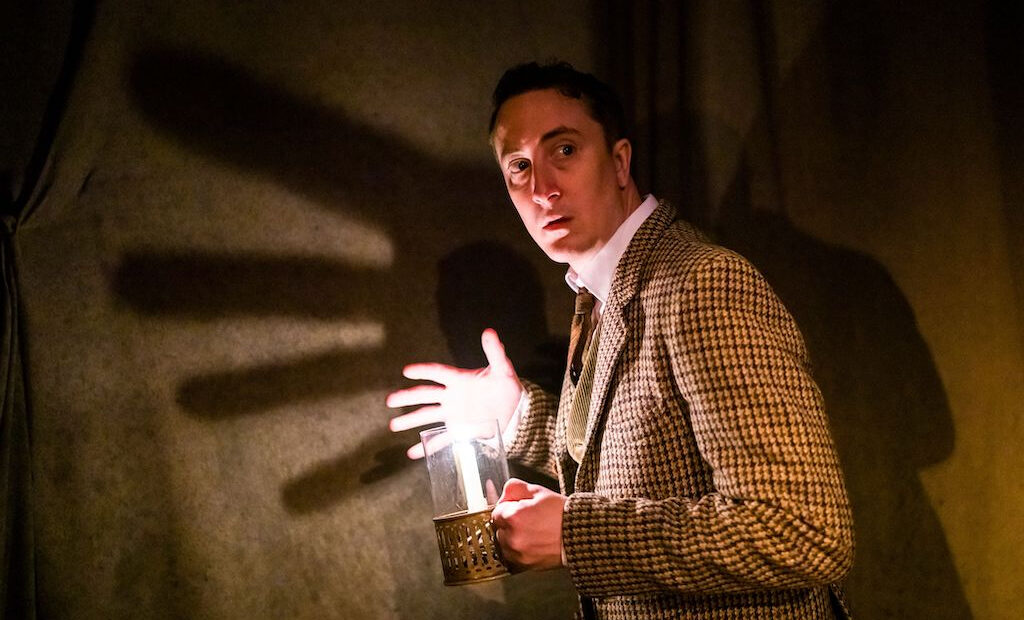
Opening in London’s West End in 1989, Stephen Mallatratt’s adaptation of Susan Hill’s ghost story, The Woman in Black has terrified audiences for over 30 years.
Matthew Spencer, whose stage work has included productions at the National Theatre, Almeida and the Gielgud, has played the role of “The Actor” before at the Fortune Theatre and on the UK Tour. He has recently come back to reprise his role in the show (along with fellow returnee Julian Forsyth).
The Upcoming caught up with Spencer to discuss his return to the production, the enduring, horrifying appeal of the The Woman in Black and challenges in theatre acting today.
You have played “The Actor” in The Woman in Black before. What is it about this role that makes you come back to it?
The play is wonderful to be in as an actor; there are only two actors in the show, so we get to use all the skills and tricks that you are taught at drama school, which you don’t necessarily get to put into practice in other shows. Also, the original director, Robin Herford, works with every new cast, allowing them to create their own versions of the characters. This is a very fun process as an actor and also means that the show feels different with every cast change.
The Woman In Black is celebrating its 30th anniversary on-stage. Why do you think this production endures?
The show utilises a small cast in a small theatre, which lends itself perfectly to the nature of the piece. It is a love letter to theatre – storytelling at its finest: stripped-back and intimate. The show is set in a theatre, performed in a theatre, and is all about telling stories and using our imagination. It allows for real communion between actors and audience each performance, which I think is very special.
For those only familiar with the film version, how would you compare it to the stage version of Susan Hill’s novel?
They are two very different pieces told via two very different mediums. The way that Stephen Mallatratt adapted the stage version is very clever in that it only requires two actors and sets the tone of the piece very quickly. Early on the audience is drawn into the world of Arthur Kipps, an older man struggling with the demons of his past; he decides his story must be told and therefore visits an actor in a theatre to help him with this task. Of course the movie utilises many filming devices, whereas the stage version is live and relies on imagination and subtle lighting and sound effects to draw the audience in. The stage version is also truer to Susan Hill’s original novel than the film.
What do you think the Woman in Black really is? Genuine ghost or psychological projection perhaps?
In our story, I believe that the Woman in Black really is a ghost. I’m sure there’s a bigger philosophical question there around why some people do or don’t see what they believe to be ghosts, but for our story it is definitely a real ghost in my opinion.
Do you believe in ghosts?
I used to be quite cynical in my earlier years and would definitely have said that I don’t believe in ghosts, but the older I get, the more I realise I don’t actually know and the less certain I become on these matters. Who knows what’s out there? Nothing is absolute! Let’s just say I’ve definitely had a few interesting and unexplainable experiences whilst doing the show.
In your opinion, what makes The Woman In Black so frightening for audiences?
I think so much of this is thanks to the audience’s imagination and what you don’t see. Lots of it is about what you think you’re about to see and the anticipation of the moment. We also do well at drawing the audience in and giving them a false sense of security before the real scares begin.
This production requires you to work with one other actor in the role of Arthur Kipps. How do you find working with one other cast member?
Robin actually casts two actors that he thinks will get on well, which definitely helps. Also you have a lot of freedom when the piece is a two-hander, because all you have to do is really listen. So as long as you’re both listening to each other, you have the freedom to play and react in the roles when things change. This means that the show can feel different each night, which makes for a fun and fulfilling job as an actor.
Alongside extensive stage acting, you have done a lot of voiceover work. What are the challenges and virtues of doing that type of work?
I love doing voiceover work, particularly audiobooks – it’s a lot of fun. It is also hard work, though, as you will be recording all day long (for audiobooks), which requires an immense amount of concentration. It’s very different to performing work because you obviously don’t need to have the script memorised. I quite like the immediacy of it.
What has been your greatest acting challenge so far in your career?
I actually think the biggest challenge as an actor is dealing with disappointment and learning how to adapt to the times when you’re not working. The last two-and-a-half years have been challenging for everyone and I think our industry is still getting back on its feet and adapting post pandemic. When you’re in a show it’s great because you’re doing the thing that you trained to do and that you’re passionate about, so it’s definitely hardest when you’re not working.
In terms of biggest acting challenge, I think it would have to be when I played Winston Smith in 1984. The latter part of the story involved my character being tortured, which was harrowing to play over and over again.
What advice would you give to aspiring young actors trying to make it in theatre today?
I would just say completely immerse yourself in the industry. Go and see as much theatre as possible and start creating your own work. The industry has hugely changed since I graduated from drama school and now actors are encouraged to create their own work and find their own voices. Find something you are passionate about and start generating your own work.
Thank you so much for your time! Best of luck with the production.
James Humphrey
The Woman in Black is on at the Fortune Theatre until 29th April 2023. For further information or to book visit here.

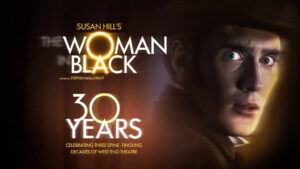
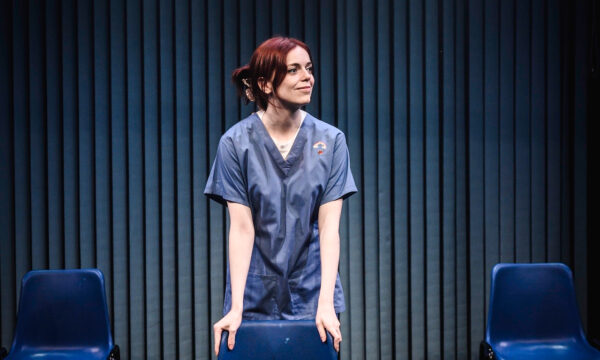
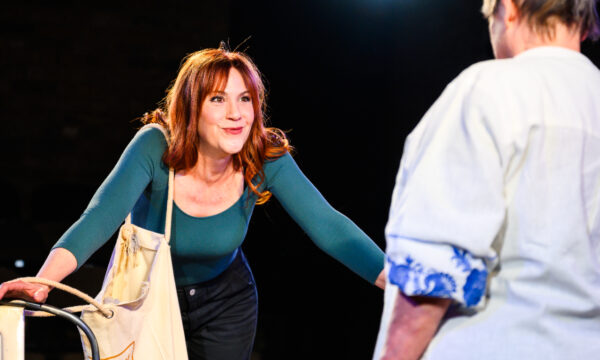
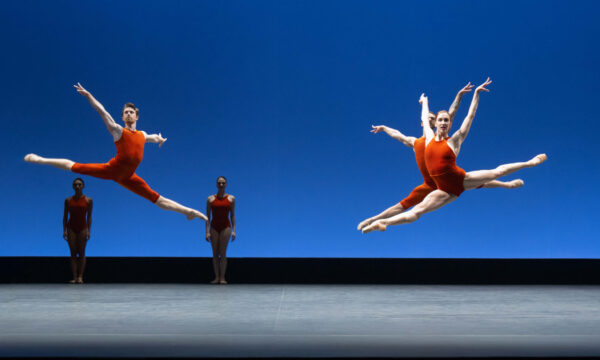
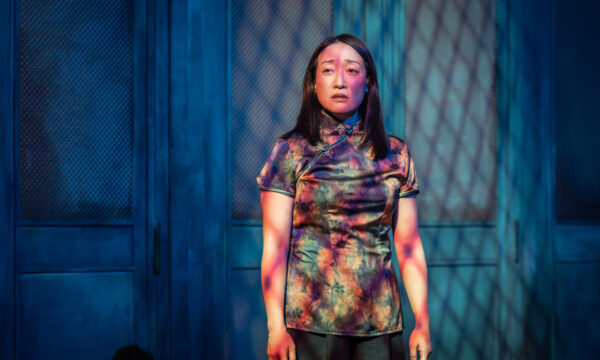
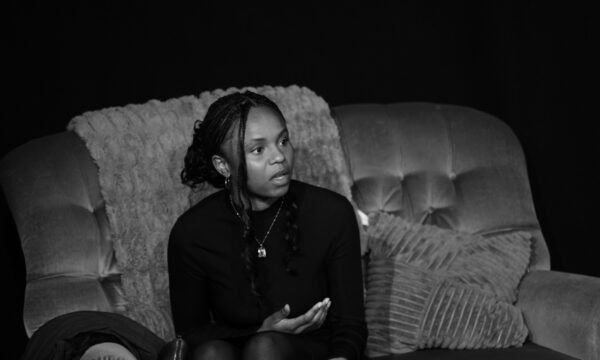
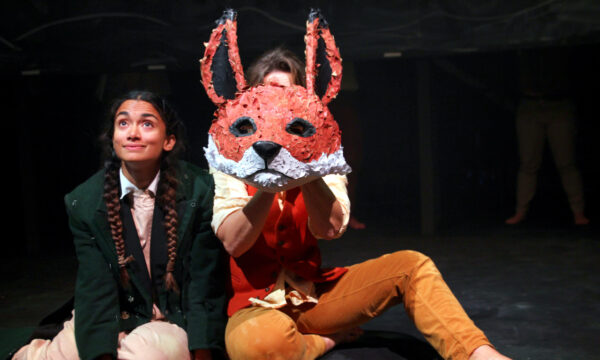
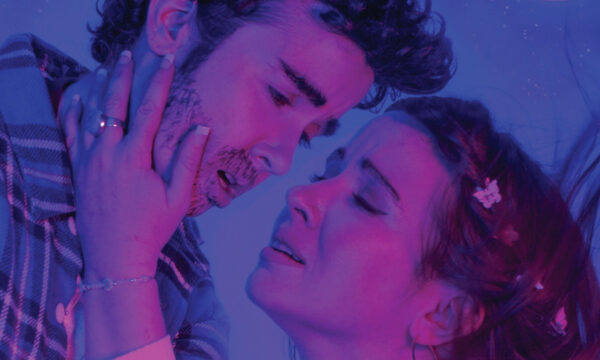
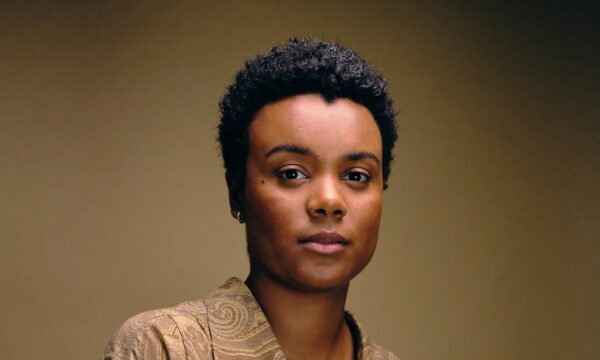















Facebook
Twitter
Instagram
YouTube
RSS